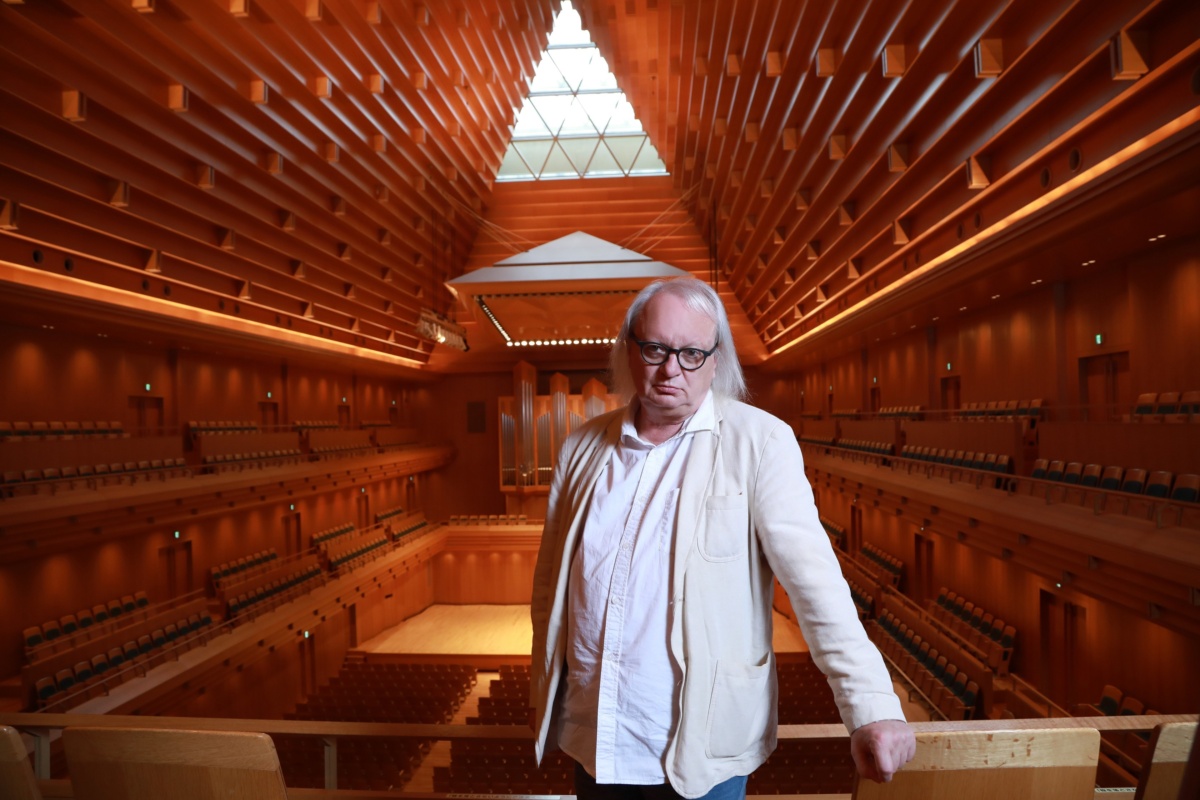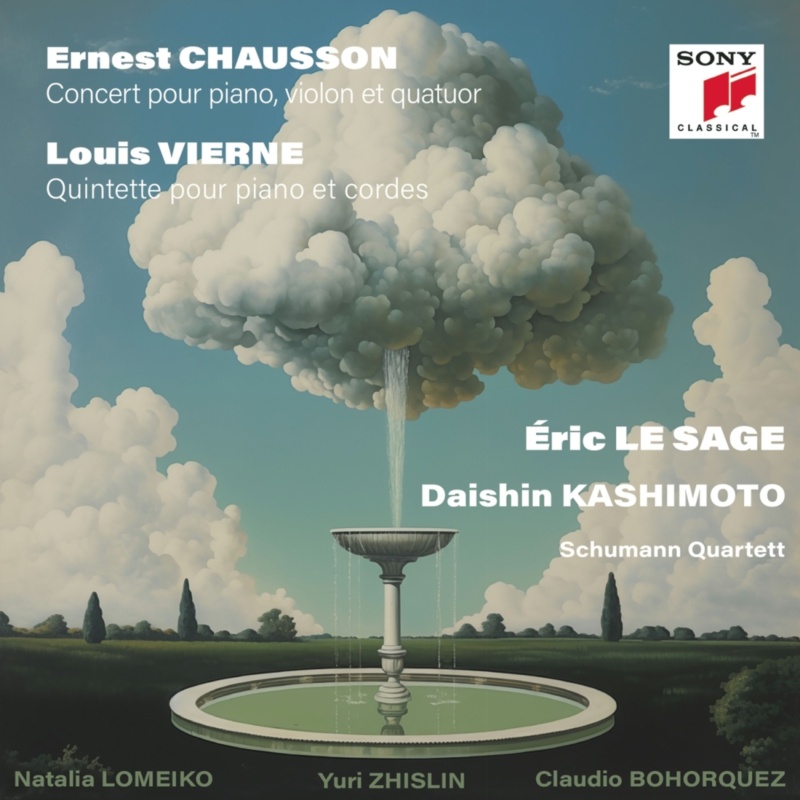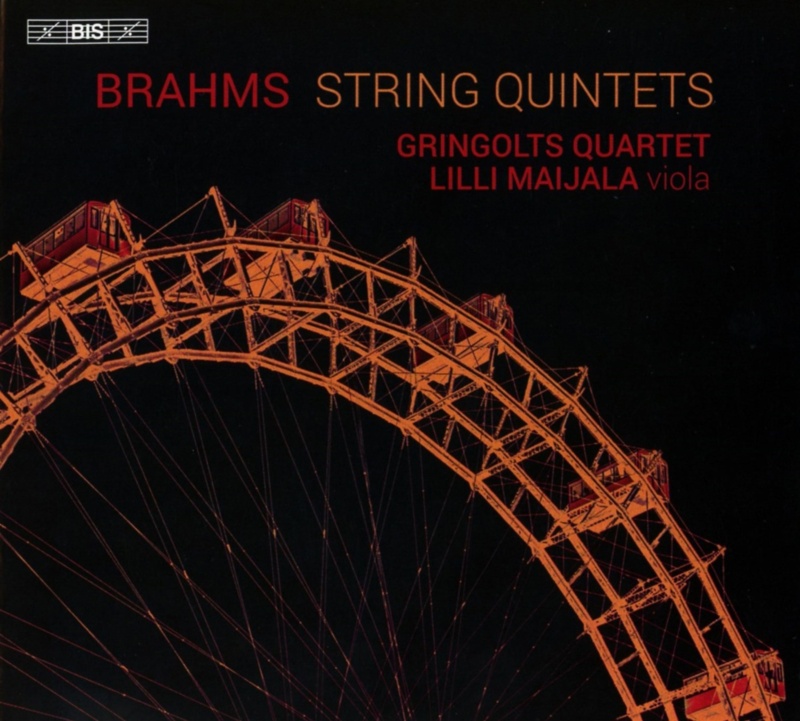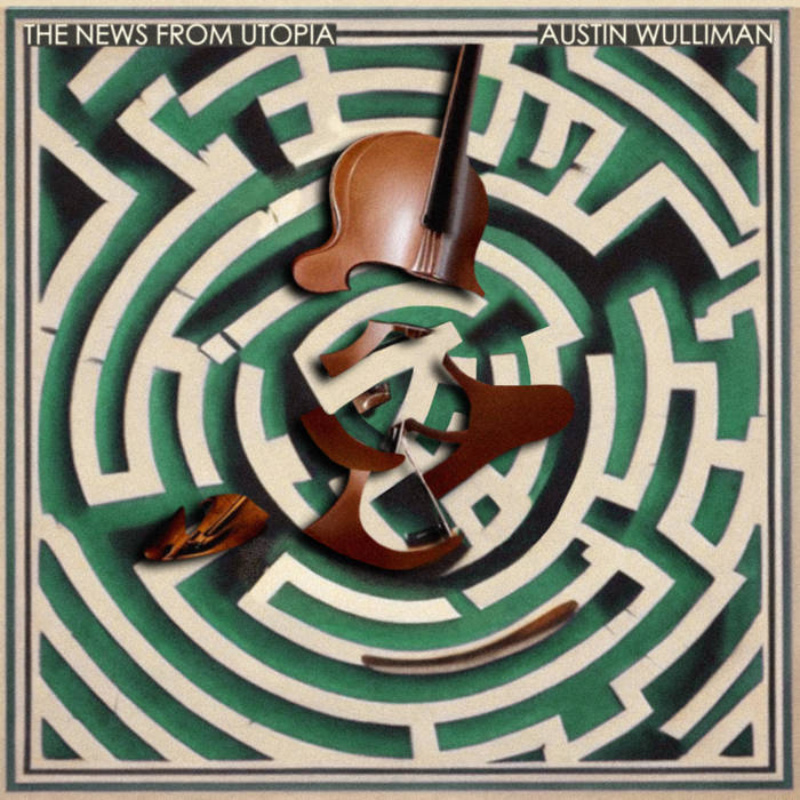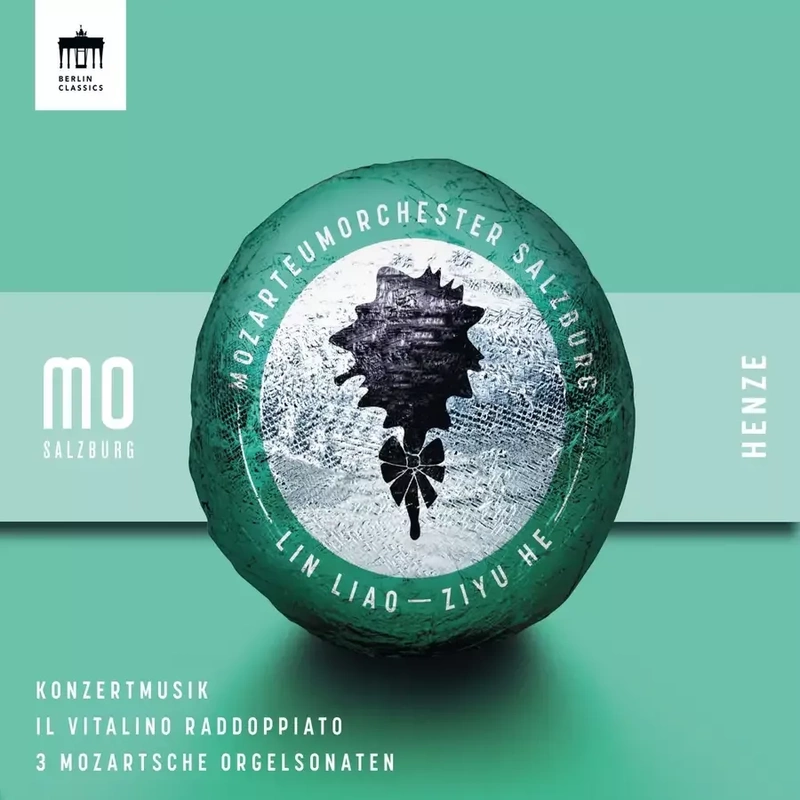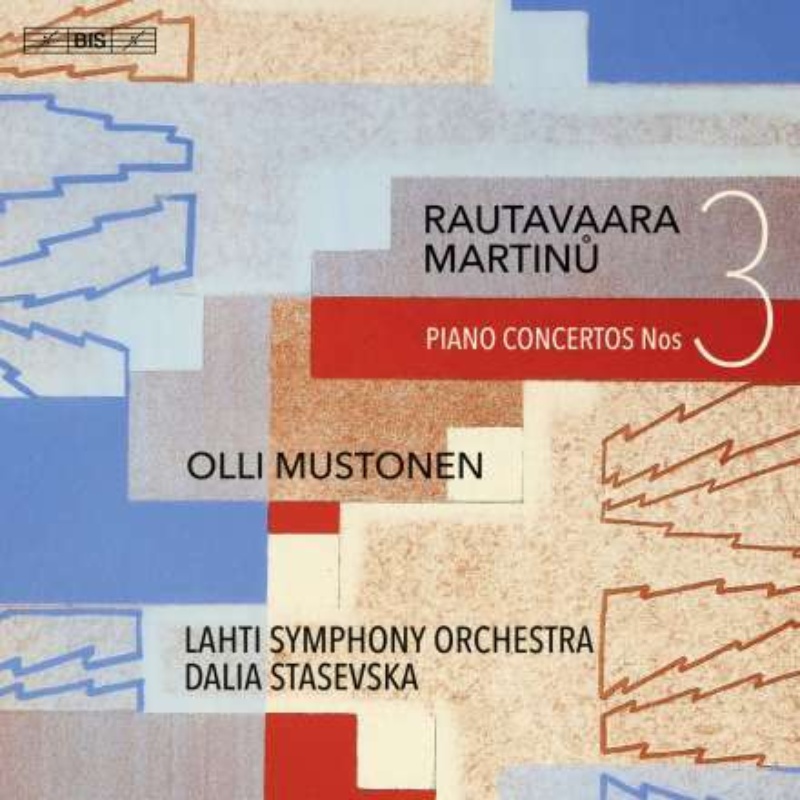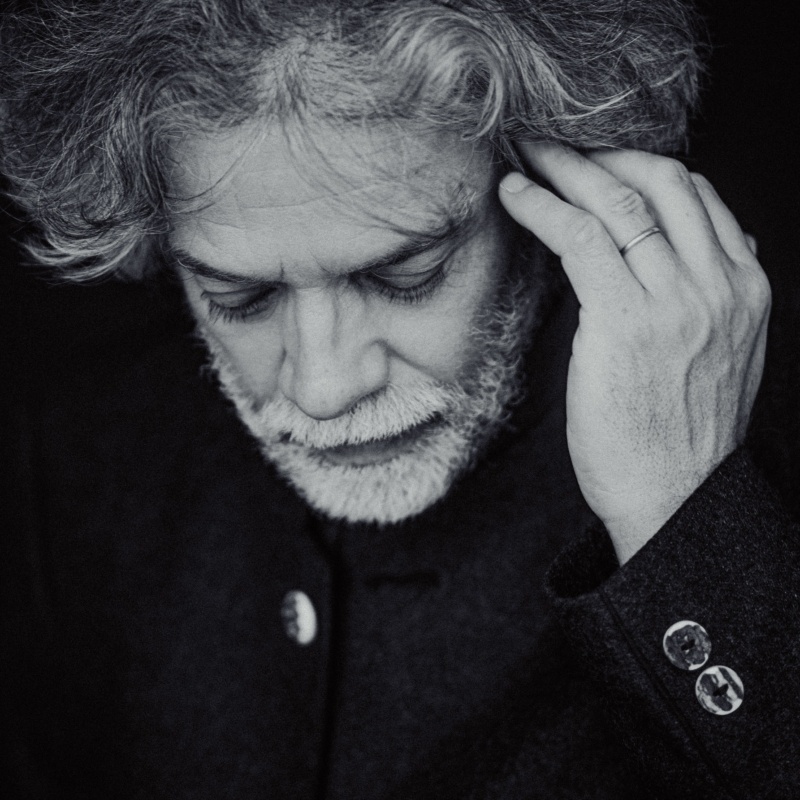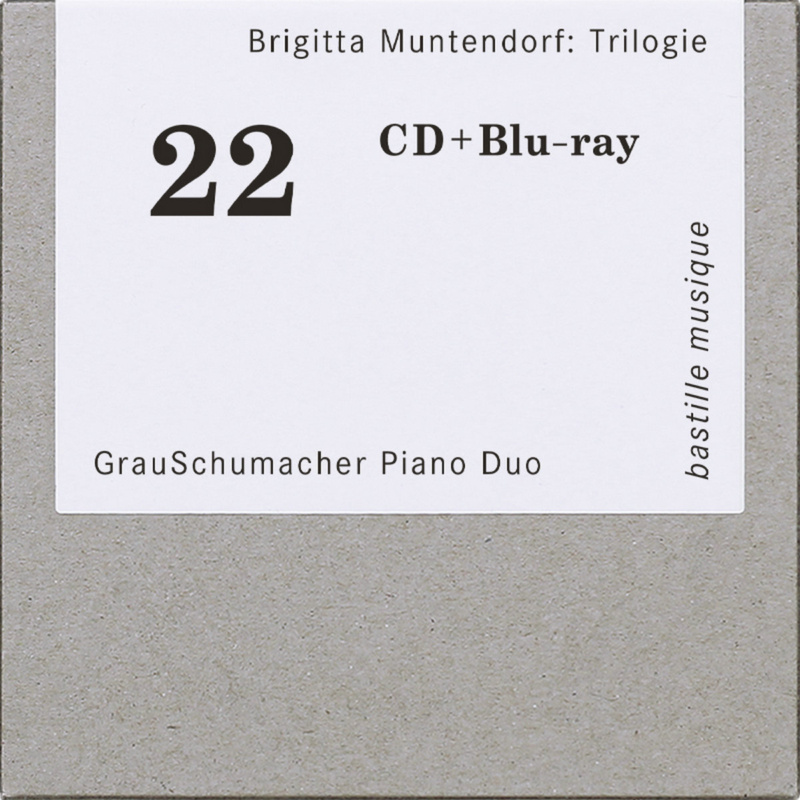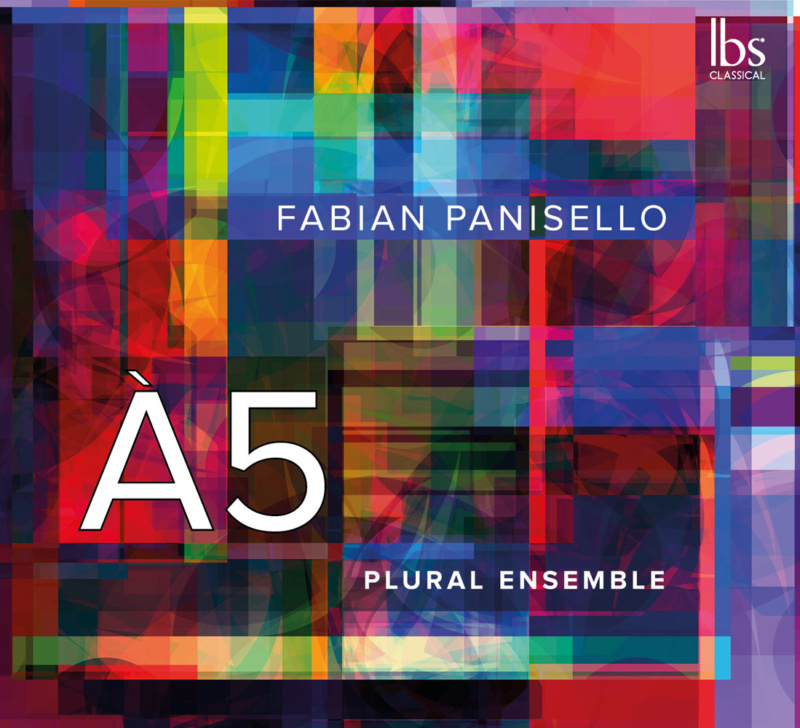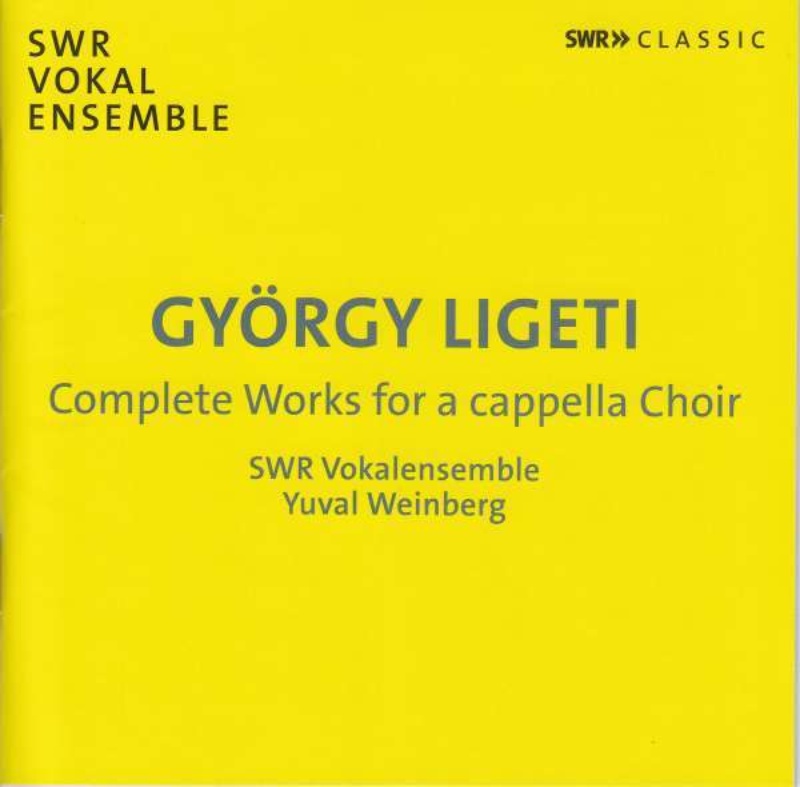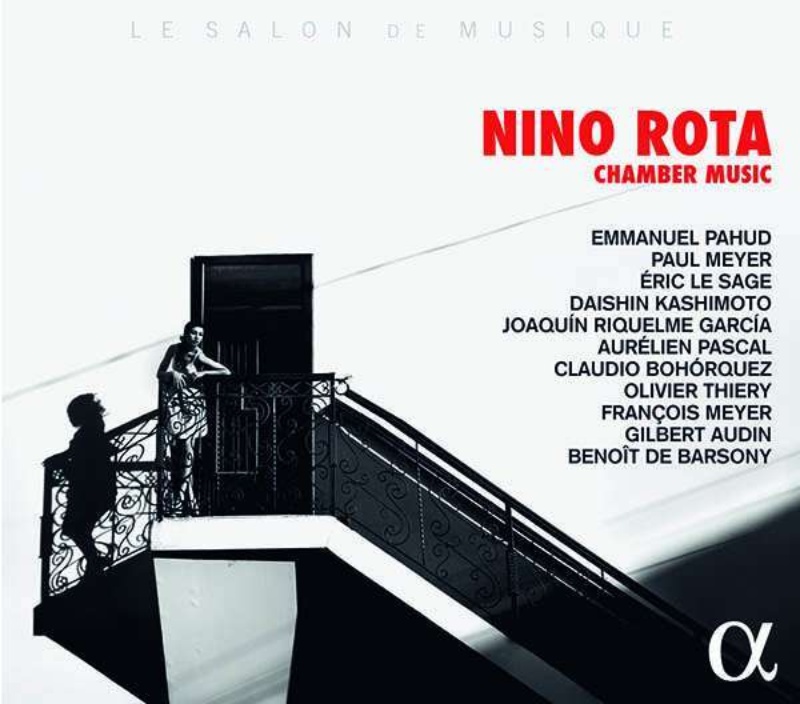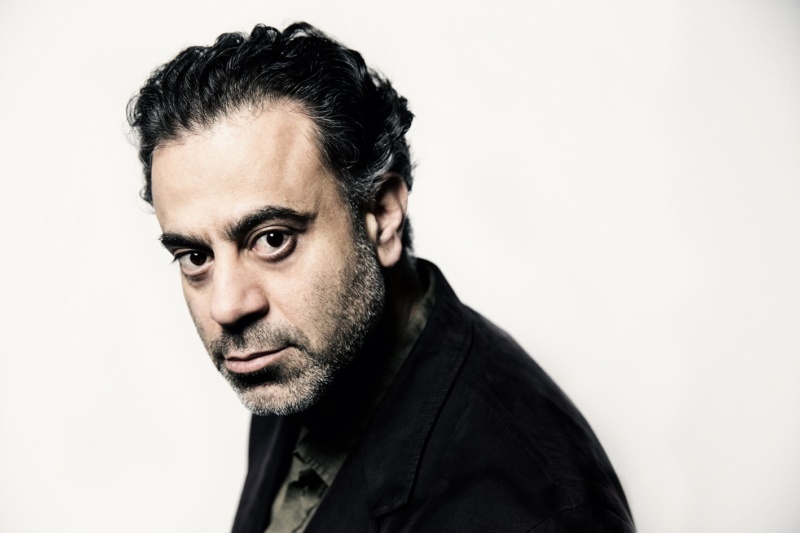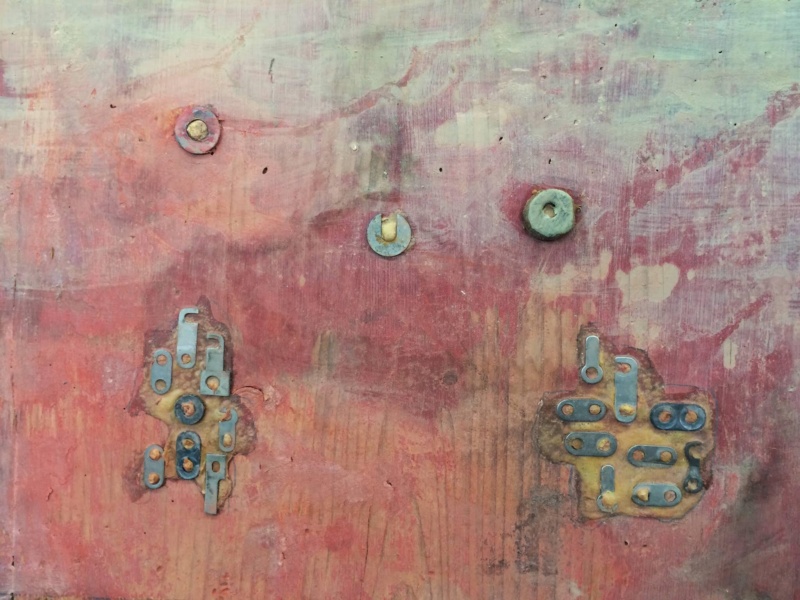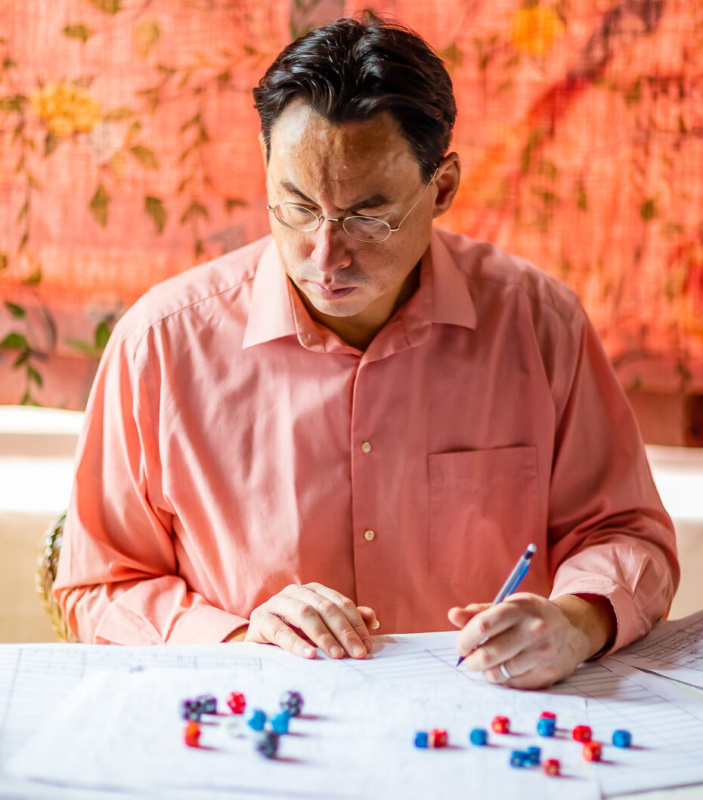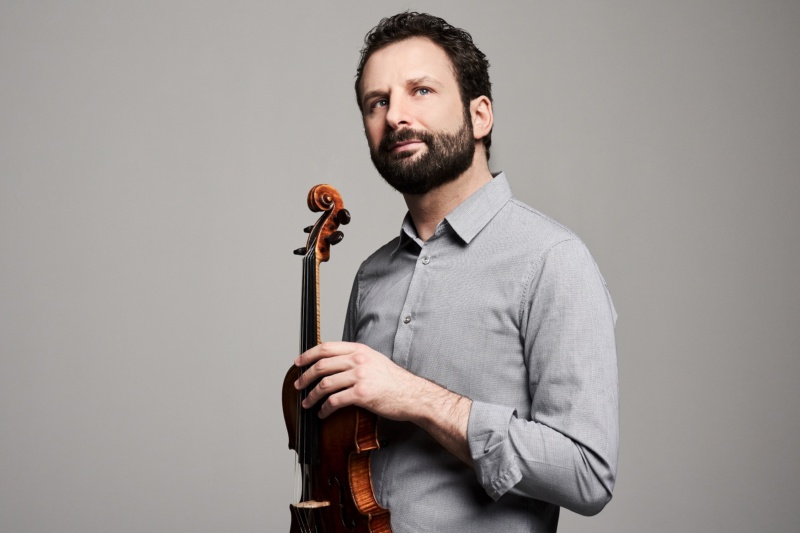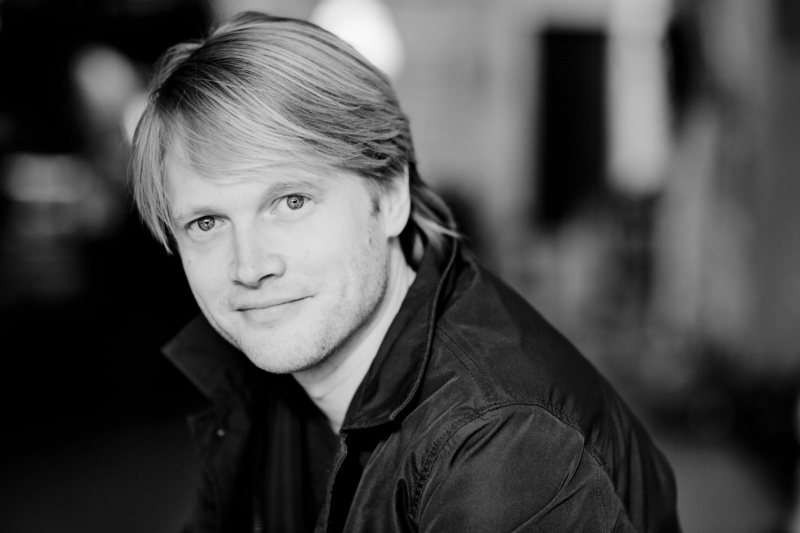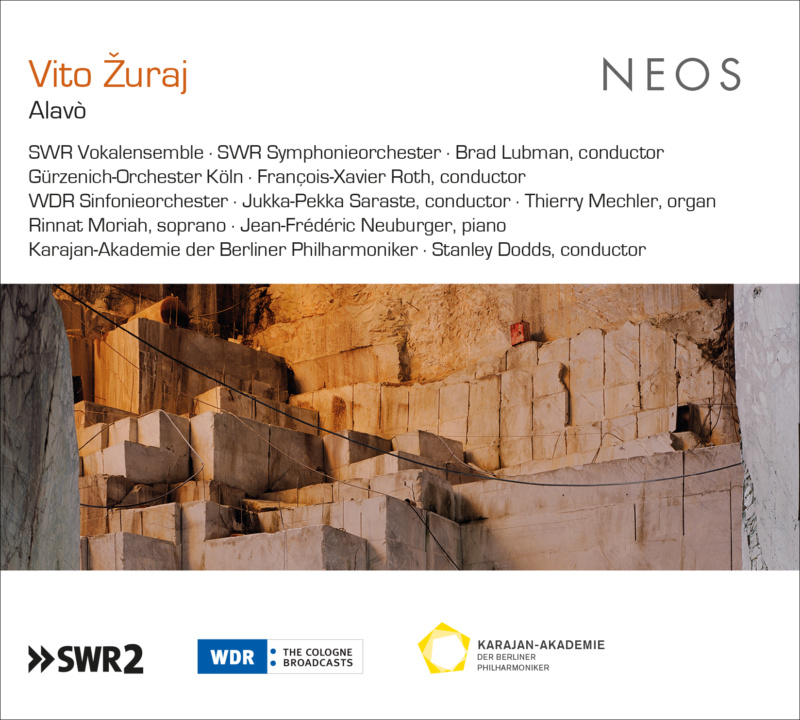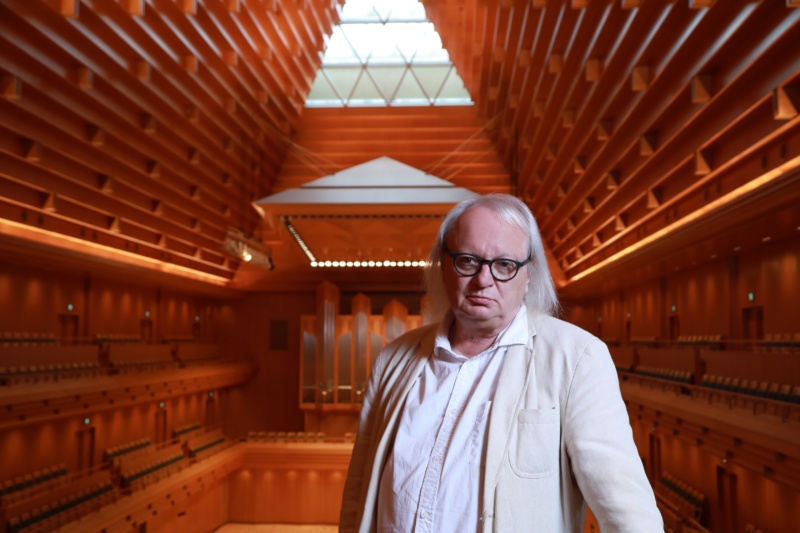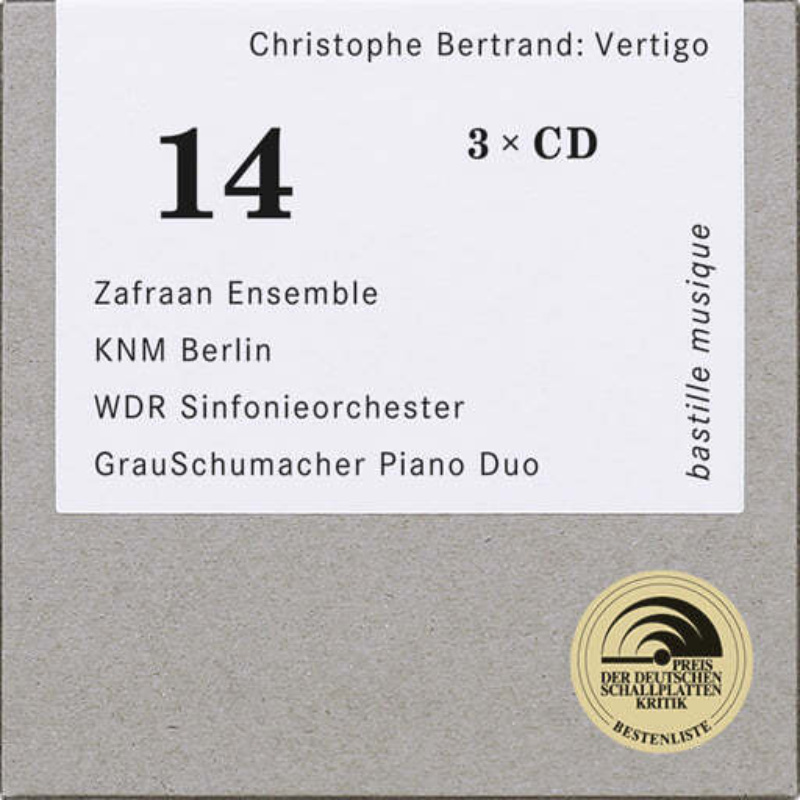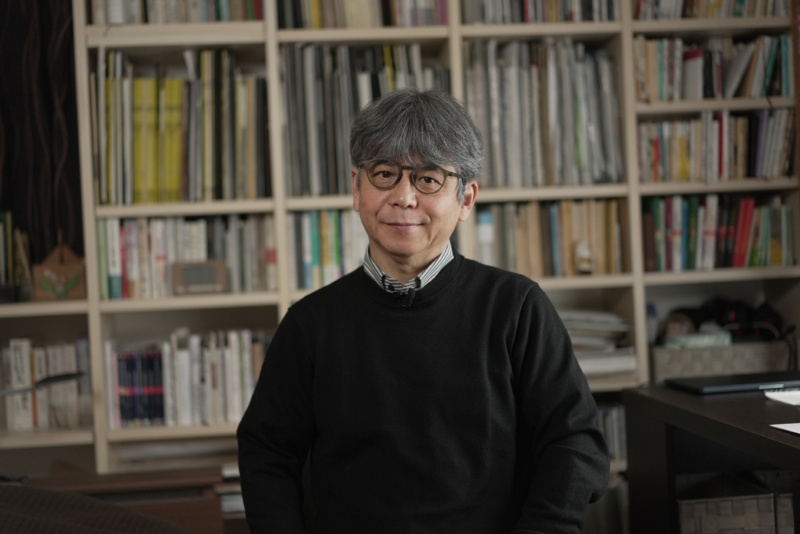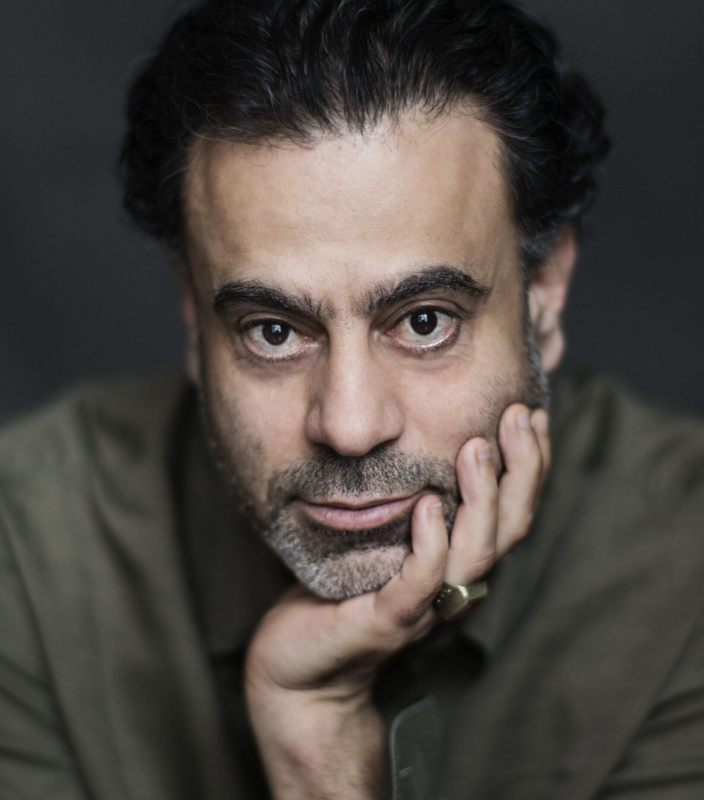It all started with a phone call from Irvine Arditti asking if I would agree to complete the fourth movement of Livre pour quatuor,
composed by Pierre Boulez in 1948/49. He had asked Daniel Barenboim for
a premiere at the Pierre Boulez Saal in Berlin. I replied that I needed
to study the question closely, not knowing the scale of the work and
what aesthetic responsibility would fall on me if I took it on. I
suspected that if Boulez had abandoned the project, he must have had
good reasons. Reconstructing the train of thought that had brought him
to where he was when he retired was not an easy task.
At first I had access to a score, written in ink and impressive for the
density of its writing. On large pages, Boulez had elaborated a first
draft that consisted of compact blocks: dense and unedited raw material
like mineral. The cumulative effect of the various elements jostling for
space reminded me of paintings by Jackson Pollock, or even Gerhard
Richter. Irvine Arditti had warned me that there were no tempo markings,
phrasing or other such nuances, but rather only pitches and rhythms –
which in any case were practically unplayable. It was clear that I first
had to solve this problem before completing what was missing in the
score. This quartet was contemporary with the Second Piano Sonata, which
I know quite well, and I detected here and there some similarities
between the two works. However, knowing Boulez’s penchant for complex
musical reasoning, I realised I would have to examine various sources in
order to understand how he had arrived at this stage. One question kept
coming back to me: how can you write so much music without giving the
slightest indication of expression, whether it be tempo or dynamics, or
whether to diminuendo or accelerando? This unanswered question led to
the realisation that, this time, my intuition would not be a great help.
Despite all this, or because of its very complexity, the project
intrigued me. I phoned Irvine Arditti to tell him that I accepted the
challenge.
I then consulted Robert Piencikowski, an excellent Boulez specialist,
who worked for a long time at the Paul Sacher Foundation in Basel, where
the composer’s drafts and manuscripts are kept. He advised me to
contact the musicologist Jean-Louis Leleu, who had already conducted a
very thorough study of Livre and had just published a book that
contained the information I was looking for. As my discussions with
Jean-Louis Leleu progressed, it became clear that the task that lay
ahead was even more complex than I had imagined. This fourth movement –
which was now starting to become clearer – was built out of the rubble
of the other movements of the quartet. I therefore had to first explore
the other movements in order to grasp its meaning. To give an example:
one passage comes from the end of the first movement, but with the
rhythms reversed and the instrumental parts inverted. It was
increasingly clear that in his compositional method Boulez at this time
was using similar techniques to electronic musicians working with tape.
Indeed, Boulez would soon make a tempestuous visit to Pierre Schaeffer’s
Experimental Club, where tapes were cut up and stuck back together
again in a different order. He left the club in a rage, slamming the
door and calling it a "flea market for sounds." Nevertheless, there is a
convergence, not in practice, but in theory, between the methods used
by Boulez and these tape-editing techniques. This was also the reason
why the score was unplayable.
Step by step, I struggled through this musical jungle and began the
work of reconstruction, helped along by the knowledge that Jean-Louis
Leleu shared with me, and without which I couldn’t have completed this
work in such a short space of time. I had completed about a third of
this rewrite when, during a train journey, my suitcase was stolen with
my manuscript inside. I was devastated. Nearly two months of work had
been lost. I had to find a solution to recreate what had been stolen.
Among all the possibilities I considered, to my great surprise, one of
them contained THE solution. I had to consult all the sketches for the
movement! I knew from Jean-Louis Leleu that there was a score that
Boulez had started writing in order to make this movement playable. I
decided to spend a day at the Sacher Foundation studying the drafts and
manuscripts of the movement. I was shown everything that existed and, to
my great joy, I finally set eyes on the score I was looking for, laid
out but unfortunately incomplete! Boulez had actually already begun to
do the work I had started (according to Jean-Louis Leleu, perhaps as
early as 1951) and, ironically, he had stopped at pretty much the exact
point I had when my manuscript was stolen! Therefore I was able to start
from where Boulez had left off and finish this first task.
The question of tempi, dynamics and phrasing was still unresolved. I
suggested to Jean-Louis Leleu that he set the tempi, because he knew the
source for each part of the movement and could suggest the tempo for
each part accordingly. I then completed the dynamics with the aim of
creating polyphonic clarity, in order to differentiate the various
musical layers from each other. In the end, my intuition did find its
way into the piece; but in music, it is impossible to proceed by logical
deduction alone.
Has this reconstruction turned out the way Boulez would have wanted? I
remember a comment he made to me about Friedrich Cerha's orchestration
of Alban Berg's third act of Lulu, an orchestration he considered at
times too respectful of the sources. Having known Pierre Boulez well, I
can only hope that he would have appreciated the ways in which I
disrespected him!
Philippe Manoury, March 2018
